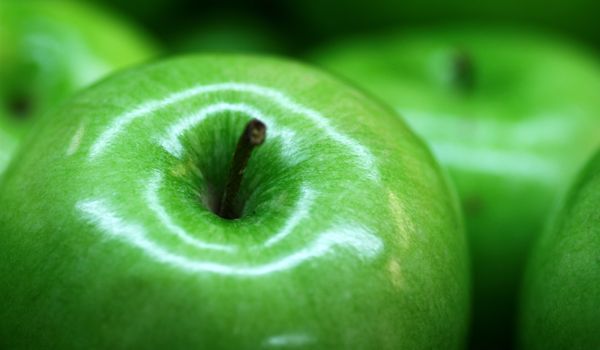Why Is Arsenic Bad for You?

The Food and Drug Administration (FDA) today announced that it will now limit the amount of arsenic allowed in apple juice.
The limit is set at 10 parts per billion (ppb), which is the same amount allowed in drinking water. This means the FDA can have products removed from the market if their levels of arsenic exceed that level.
The FDA stressed that levels of arsenic in apple juice are generally low, and an analysis by the agency released last year did not find any apple-juice products that would be disallowed under the new regulations.
"The FDA is proposing an action level to help prevent public exposure to the occasional lots of apple juice with arsenic levels above those permitted in drinking water,” Michael R. Taylor, deputy commissioner for foods and veterinary medicine at the FDA, said in a statement.
The announcement comes after Consumer Reports, along with television doctor Dr. Mehmet Oz, revealed some apple-juice products contain arsenic levels above the allowable limit for drinking water.
Arsenic can be found in apple juice and other foods because the element occurs naturally in the environment, and can also be the result of human activity, such as the use of arsenic-containing pesticides. [See 5 Things You Should Know About Arsenic]
There are two types of arsenic: organic and inorganic. Inorganic arsenic is a known carcinogen, and chronic exposure to low levels of it has been linked to increased risks of bladder, lung and skin cancers; skin discoloration; Type 2 diabetes; and cardiovascular disease. Exposure to high levels of inorganic arsenic can cause vomiting, abdominal pain, diarrhea and even death, according to the Centers for Disease Control and Prevention (CDC). The FDA limits apply to inorganic arsenic.
Sign up for the Live Science daily newsletter now
Get the world’s most fascinating discoveries delivered straight to your inbox.
Most arsenic is excreted by the body during urination, the CDC says. Arsenic is toxic at high levels because it can interfere with the way cells produce energy.
Some researchers have also expressed concern over arsenic levels found in rice. So far, there is no limit for arsenic in food, but in 2012, the FDA said it was investigating the topic.
The FDA has not yet made recommendations on whether consumers should change their diets to curb rice consumption due to unacceptable arsenic levels. However, the agency does recommend that people vary their diet to minimize the potential risks that may come from consuming one particular food.
Follow Rachael Rettner @RachaelRettner. Follow LiveScience @livescience, Facebook & Google+. Original article on LiveScience.com.

Rachael is a Live Science contributor, and was a former channel editor and senior writer for Live Science between 2010 and 2022. She has a master's degree in journalism from New York University's Science, Health and Environmental Reporting Program. She also holds a B.S. in molecular biology and an M.S. in biology from the University of California, San Diego. Her work has appeared in Scienceline, The Washington Post and Scientific American.










